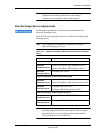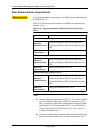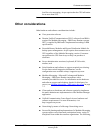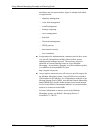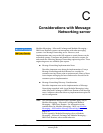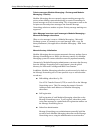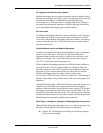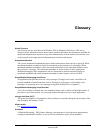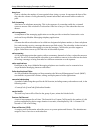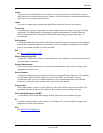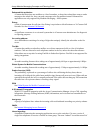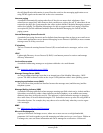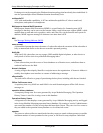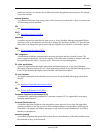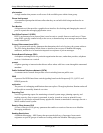
November 2004
Avaya Modular Messaging Concepts and
Planning Guide
GL-1
Glossary
Active Directory
The directory service for a Microsoft Windows 2000 or Windows 2003 Server. The Active
Directory stores information about objects on the network and makes this information available for
authorized administrators and users. It provides administrators with an intuitive hierarchical view
of the network and a single point of administration for all network objects.
Automated Attendant
The system Automated Attendant that greets callers and instructs them on how to proceed. When
automated attendant is enabled, callers are transferred to the extension of a subscriber. When
automated attendant is disabled, callers are transferred directly to the subscriber mailbox where
they can leave a message. The Automated Attendant is not the same as Caller Applications.
Modular Messaging Caller Applications can be customized to perform functions similar to
automated attendants and nested automated attendant in other systems, such as AUDIX.
Avaya Modular Messaging Voice Form
An application that provides access to voice messages. Through voice forms, subscribers can
perform standard voicemail functions, such as listening to, replying to, or forwarding voice
messages, or composing new voice messages using their desktop PCs or telephones.
Avaya Modular Messaging Voice Recorder
A tool for recording voicemail and voice-annotated items, such as Microsoft Word documents. It
provides a way to send a quick voice message without having to start an e-mail application.
average hold time (AHT)
The sum of the lengths of all telephone calls (in minutes or seconds) during the busiest hour of the
day divided by the number of calls.
blind transfer
See unsupervised transfer.
broadcast
A Modular Messaging—MSS feature whereby, a message that is received into an appropriately
configured enhanced-list mailbox is sent to all local subscribers and to all list members



